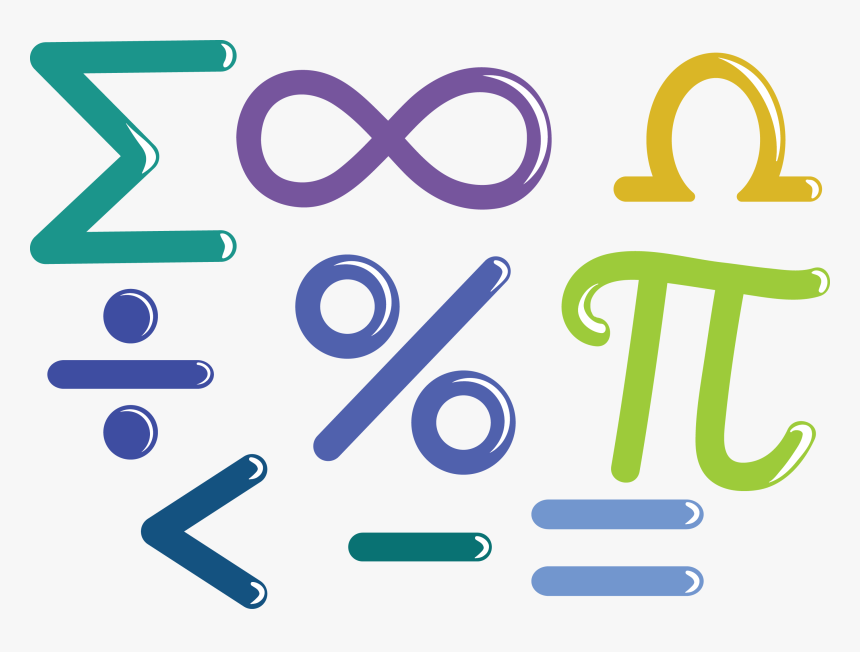I love symbols.
Now I have to admit I am no symbology expert, but I love
whenever the meaning of a symbol is pointed out, or better yet, when I ‘get it’
before it’s spelled out for me. There is something so fascinating in comparing two
unlike things to bring a greater depth of understanding. For instance, the
symbol of a number has the representation of the value (in counting), and it
also has deeper significant meaning. One means wholeness, or united completely
- such as one in purpose. Two means
divided (breaking away from wholeness) or relationships, etc.
Likewise, a color is a wavelength that is reflected back because all the other colors were absorbed by the object. The combination that is not absorbed is blended with the different hues and tints of the primary colors to make a distinct color. It is all very scientific and interesting. However, colors also have meaning associated with them, for instance – red means passion, strength, or valor. White represents purity, blue – peace and justice, etc. The colors of a flag are deeply symbolic and the colors of a brand is designed to produce a specific response in the consumer.
Sometimes I feel like I am back to the kindergarten curriculum learning about colors, shapes, numbers, letters, and patterns - only at a sensus plenior level. It opens the mind to make the search for meaning and understanding an exciting adventure.
When I learned that the Hebrew language had more than one way (Sensus Plenior) to read the written text, I was amazed by the concept. I still am. I don’t understand all the different ways, but I know it can be read phonetically (where the letters represent sounds and when blended together, those sounds have meaning), but it can also be read and understood numerically (where the alphanumeric symbols –letters that also operate as numbers, like Roman Numerals – place numeric value on words and those numbers along with the operations they can perform carry a meaning – commonly known as Geometria). It can also be read symbolically (the words are compared to or represent another object/idea). Like the ancient hieroglyphics, it can be read pictorially. And like musical notation, it can be read musically. It also can be read sefirot and praxic – which I don’t even know what that means. What is even more impressive is that all seven of these levels, though not identical in communication, compliment and deepen the understanding of the written message. They are not contradictory at all.
Think about that. How limited our understanding and our
education is when we have only one ‘correct’ answer or only one understanding (Sensus Unum). It’s almost as if our
society today has reversed the absolutes with the variables. There is only one
correct moral standard and only one Salvation, but there are many different
avenues to discover truths. I find that fascinating. Sadly our school system,
with the concept of right and wrong answers, and placing value only when
conforming to the predetermined correct answer and rubric demands, squelches
that sense of discovery and fascination. It makes the journey of learning an
unpleasant experience rather than a joyous one.
Literature is one of my favorite avenues to find a deeper meaning. Stories are dripping with parallels, shadows, types, symbols, representations, comparisons, illustrations, analogies, metaphors, and similes. Especially scriptural stories because they are designed to be understood at a sensus plenior level (He that has ears, let him hear). The comparisons between what is going on in the story and what is going on in my own life’s experience is sometimes a little disconcerting though often insightful and empowering. Questioning what something might depict has a mind expanding effect that cannot be attained by looking for the correct answer or what the teacher is expecting you to say. The openness to the possibilities is what engages the mind and peaks our curiosity about the world around us. It is what makes learning natural and worth it.



